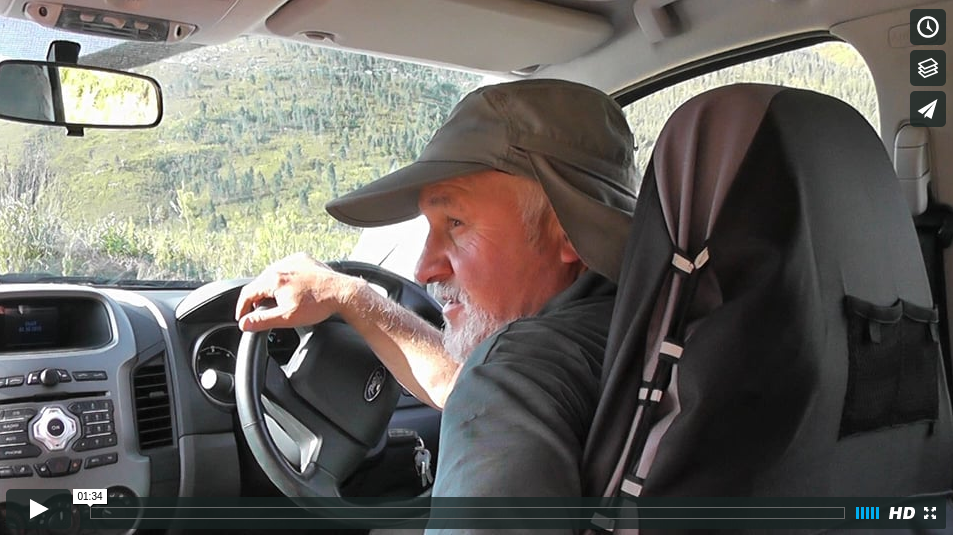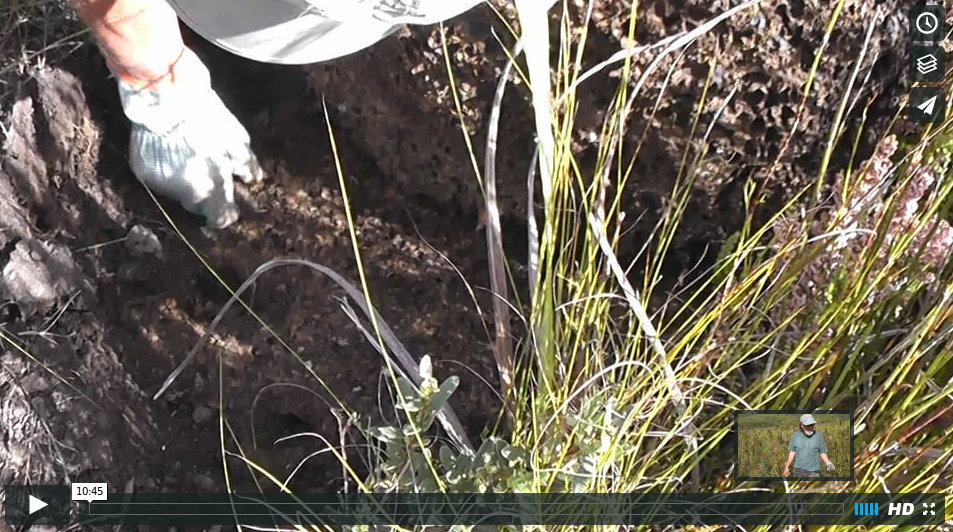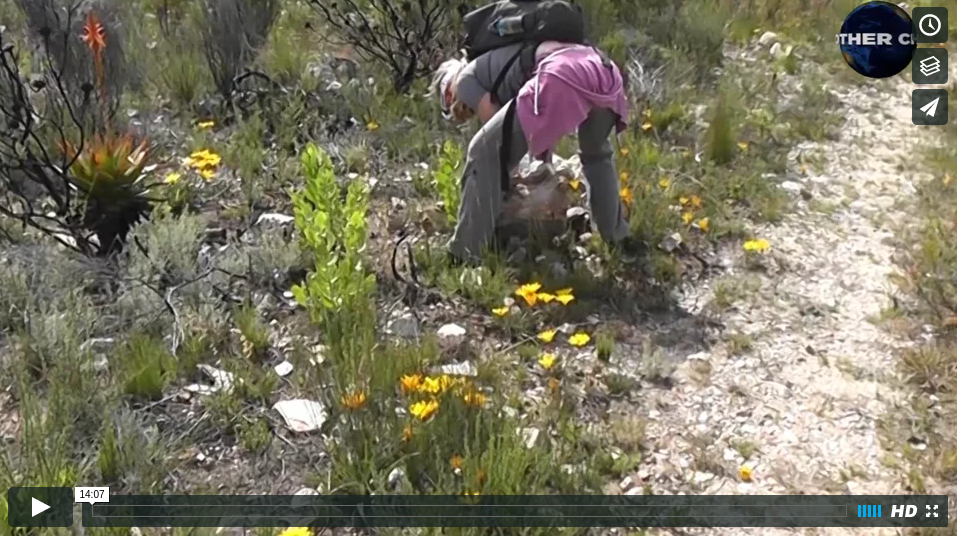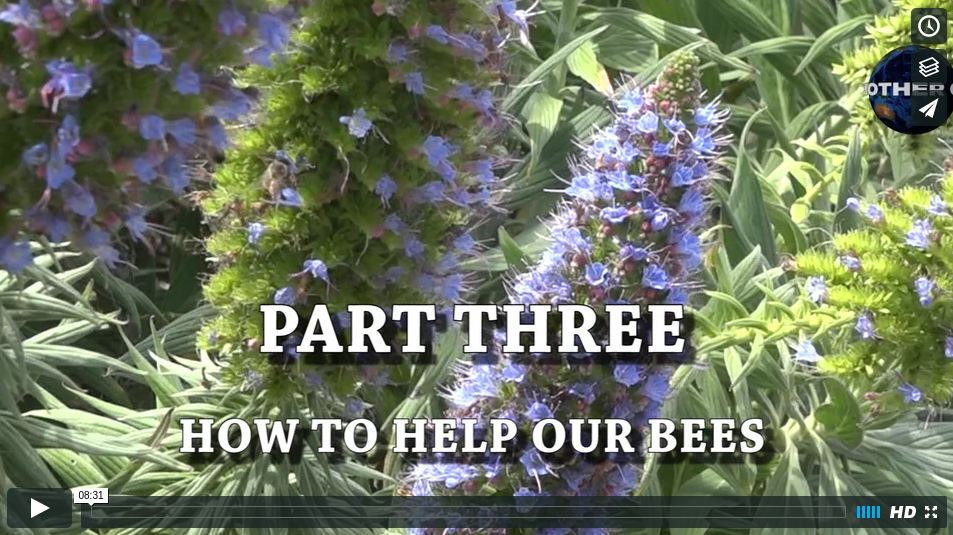- Live Stream
- Climate Change
- ENN
- Environmental Info
- Green Business
- Green Solutions
- Beautiful World
- Categories
- Articles
- Arctic & Glaciers
- Polar Regions and Glacier Reports
- Ethical Dimensions
- Global Warming
- Peatlands & Wetlands
- ENN – The Environmental News Network
- Agriculture
- Chemicals
- Conservation
- Fish Crime
- Forests
- Health
- Mountains
- Oceans
- Energy
- Money
- Green or Gone
- Nutrition
- Permaculture
- Various Solutions
- Powerful
- Watch This
- Water
- Breaking News
- Series ENN
South African Wild Bees Part One – Ms Jenny Cullinan
South African Wild Bees (Part One) Mother Channel interview with bee researcher, Ms Jenny Cullinan, co-founder of UJUBEE, an environmental team who conduct research on South African wild bees in the wild, mainly in the Fynbos rich regions of the Cape, South Africa. We have been researching South African wild bees for the last 3 […]
EPISODES:
ENN – Solar Power by Day and Night
ENN – Desire for a new, more responsible world!
ENN – Drought, Cyberpoaching, Trumps madness and science meets permaculture
South African Wild Bees Part One – Ms Jenny Cullinan
BREDASDORP AGRI-SHOW BENNIE VAN ZYL IMPORTANCE OF LAND, SOIL & WATER PRESERVATION
ENN – Scientists: Window for avoiding 1.5C global warming ‘closed’
ENN WITH JAY 26 JUNE 2016
ENN WITH JAY – How being a couch potato can save the world
ENN WITH JAY-20 JUNE 2016
ENN WITH JAY-15 JUNE 2016
ENN WITH JAY 13 JUNE 2016
ENN WITH JAY-5 JUNE 2016
ENN WITH JAY, AT GROOT CONSTANTIA 5 JUNE 2016
ENN WITH JAY-27 MAY 2016
ENN WITH JAY 24 MAY 2016
ENN WITH JAY MAY 22 2016
ENN WITH JAY 20 MAY 2016
CLOSE
